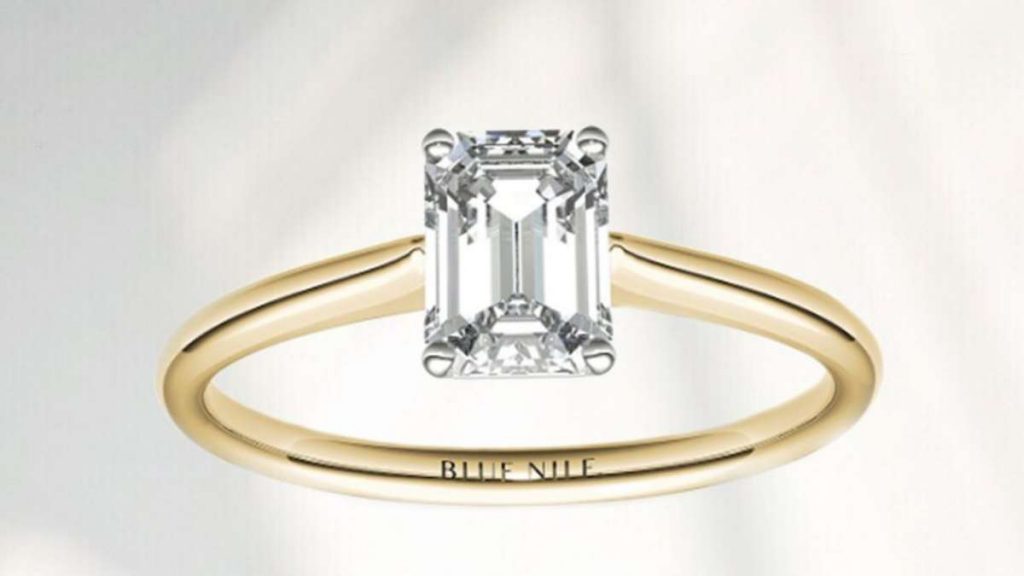Diamonds – the most loved and treasured precious stone that every woman can’t help falling in love with. They are classy, breathtakingly beautiful, and seamlessly find it’s way into fine jewelry to make every piece unique. While shopping for a piece of diamond jewelry you probably hear the jewelers talk about its cut, shape, and setting, and we know with little or no knowledge about these things, you can feel very overwhelmed. So, we have put together a basic guide to fill you in with the different types of diamond cuts and settings so next time when you are browsing a website for buying gemstone necklace, you know exactly what these terms mean.
Diamond Cuts
A big rough diamond can be cut into different shapes, and the way they are cut is what makes them reflect light to look brilliant and sparkly. So here are some popular cuts.
- Brilliant/Round cut – This is the most popular way in which the diamonds are cut especially for engagement rings or solitaire earrings. The round top base is believed to reflect the light in a maximum way, making it dazzle from every single angle.
- Emerald cut – In this cut, the diamonds are chiseled in an elongated rectangle or square shape with rounded edges. This cut enhances the clarity of the diamond, over the brilliance and this sets well when you want to use it as a centerpiece in a jewelry pattern. Trusted online retailers like Melorra present you with several designs of daily wear diamond jewelry, visit site to get awe-struck.
- Princess cut– The diamond is cut into a more fancy square shape, giving it an edgy marvelous look. This cut is the second most preferred cut for engagement rings after the round cut, and it optimally reflects the light to exude charm.
- Heart cut – As the name indicates, the diamonds are cut in the shape of the heart, and it makes an iconic choice. However, symmetry is very crucial in this cut, an asymmetry between two sides of the heart can take away its brilliance and charm.
Diamond Settings
Diamond setting is what gives the jewelry the much-needed style and it is one of the most important factors to consider while buying diamond jewelry. Here are some of the common diamond settings.
- Prong setting – This is the standard setting in which the solitaire diamond is held in place by four or sometimes six prongs. Also known as a claw setting, this kind of setting is used for princess cut diamonds to allow maximum light to reflect by the stone.
- Channel setting – This setting perfectly secures a line of diamonds in a uniform pattern between the two-sided metal channel. This setting style is widely adapted by jewelers for creating mesmerizing wedding bands.
- Brezel setting – In this setting, the solitaire diamond is embraced with a rim of metal that holds it firmly in its place giving it a very sophisticated and modern look.
- Bar setting – It resembles the channel setting, and it is one of the most preferred settings for diamond bracelets and necklaces. In this setting, the diamonds are lined up but each diamond is separated by a thin bar of metal, giving it a very strong and smooth look.




